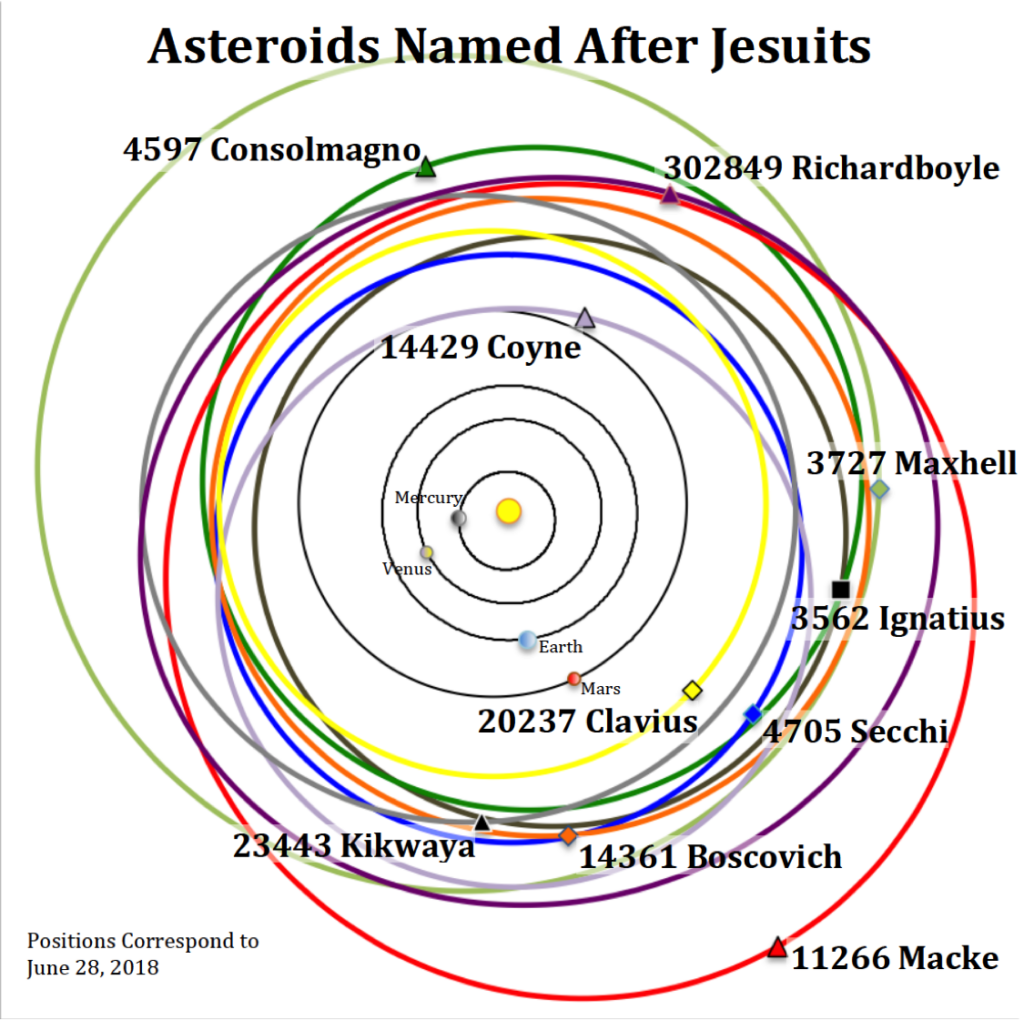The Vatican Observatory announced this week, the naming of four newly-discovered asteroids after notable Catholics, including Pope Gregory XIII, who began the tradition of papal astronomers and observatories. The move is seen as an important acknowledgment of the ongoing involvement of Catholic priests in the world of science.
The newly-named asteroids include one named after Ugo Boncompagni, also known as Pope Gregory XIII, who commissioned the astronomer Father Christopher Clavius, SJ to reform the calendar in the 16th century, leading to the Gregorian calendar still in use today. The other three asteroids are named after Jesuit priests who have worked or are currently working at the Vatican Observatory.

The Vatican Observatory, which dates back to 1582, is one of the oldest active astronomical observatories in the world, and has its headquarters in Castel Gandolfo, a town just outside Rome. The observatory continues to be influenced by Catholic priests with a keen interest in astronomy, and has played an important role in the development of modern astronomy.
The naming process for asteroids is a lengthy one, and involves giving the object a permanent designation number once its orbit has been determined well enough that its position can be reliably predicted far into the future. After this point, the discoverer is invited to suggest a name for the asteroid. The name is judged by the Working Group for Small Bodies Nomenclature, which is comprised of 15 professional astronomers from around the world with research interests connected with minor planets and comets.
The naming of asteroids after notable Catholics is seen as an important way to recognize the contributions of individuals who have made significant contributions to the field of astronomy, and to acknowledge the ongoing involvement of Catholic priests in the world of science.